The information was given at the Project Summary Workshop "Reducing health risks arising from wildlife trade in Vietnam", organized by the Ministry of Agriculture and Rural Development (through the One Health Partnership Secretariat) in collaboration with the German International Cooperation Agency (GIZ) on December 19, in Hanoi.
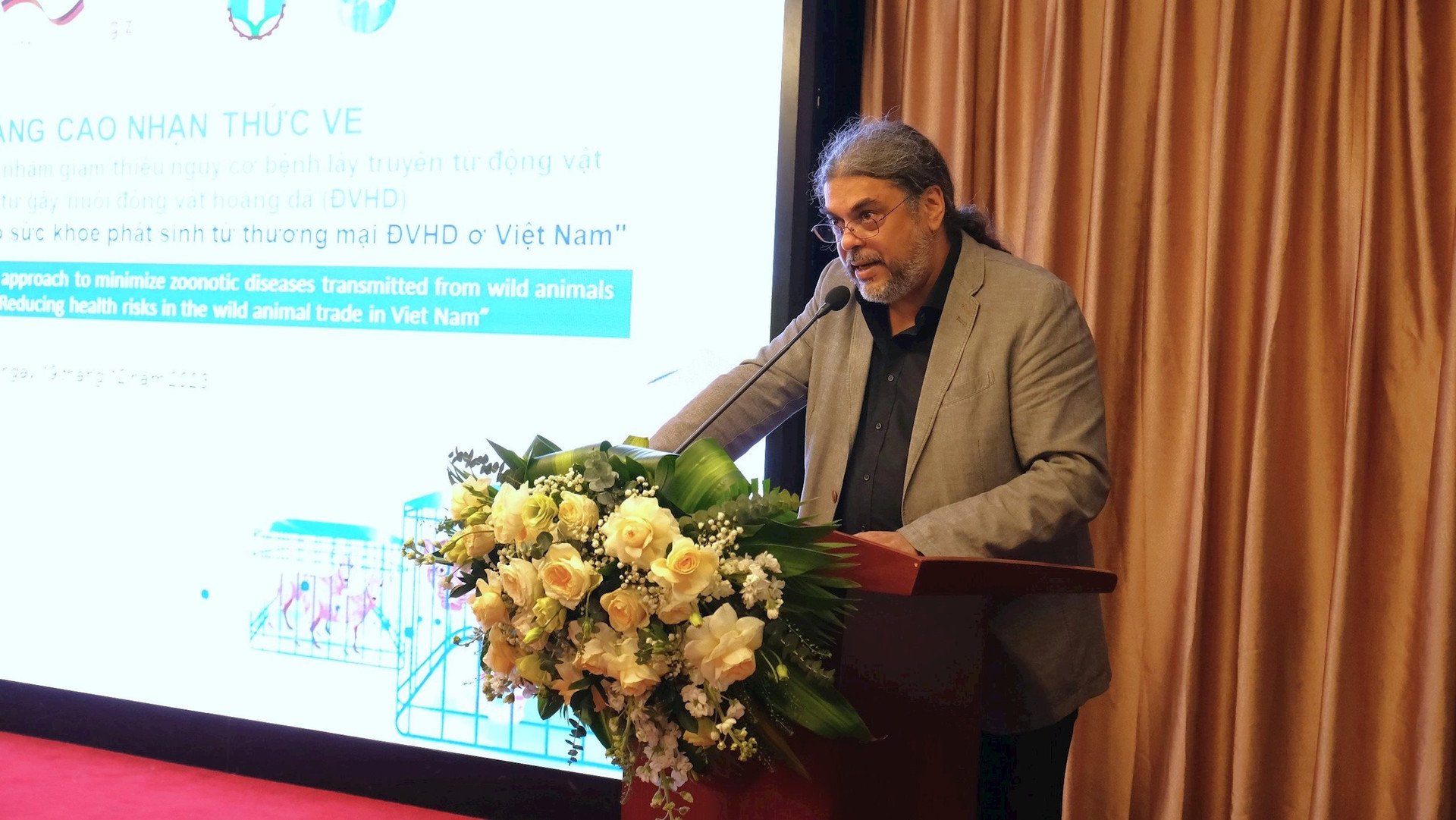
According to the CITES Management Authority of Vietnam, there are currently over 8,000 wildlife farms in the country, with a total of at least 2.5 million individuals, representing 300 different species. Despite the COVID-19 pandemic and the detection of six known coronaviruses in captive wildlife in Vietnam, wildlife farming remains widespread without specific technical standards and health monitoring procedures. At the same time, poaching and illegal consumption of wildlife species with a high risk of spreading disease continue across the country.
During the period from June 2021 to December 2023, the German International Cooperation Agency (GIZ) and the Vietnam One Health Partnership Secretariat implemented the Project "Reducing health risks arising from wildlife trade". Through practical research and policy review, the project proposed policies to strengthen the management of commercial wildlife farming activities to minimize risks and prevent the emergence and spread of diseases from wildlife to humans.
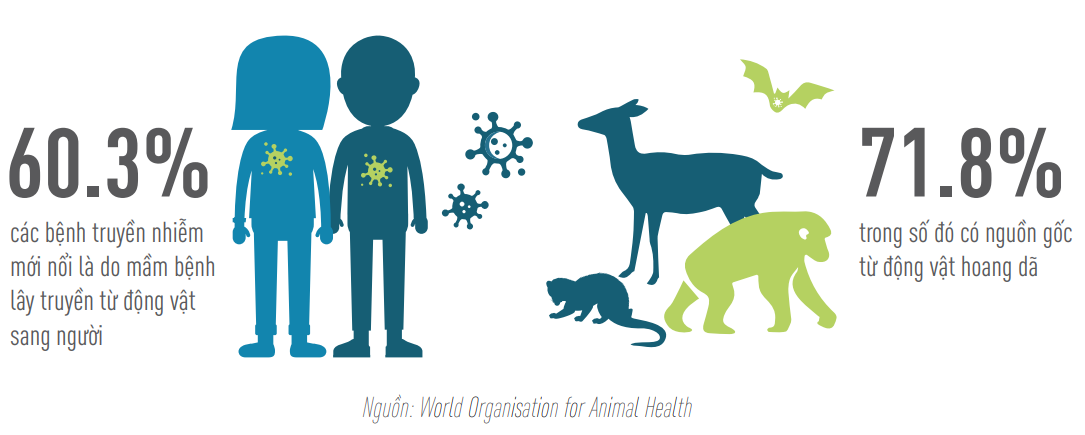
According to Mr. Oemar Idoe, Head of Environment, Climate and Agriculture Projects, GIZ Vietnam, staff who often have direct contact with wild animals at risk of contracting zoonotic diseases, such as staff at wildlife farms and agencies inspecting these farms, are facing the highest risk. Providing them with full information about the risks and self-protection measures will help to prevent the disease from spreading in the community.
Research has shown that although Vietnam has a relatively comprehensive legal system regulating the management of commercial wildlife farming, the enforcement of these laws and cooperation between relevant agencies need to be strengthened. In addition, the implementation of legal regulations requires more detailed guidance. Biosecurity measures (e.g., use of protective clothing, isolation of new individuals, disinfection of cages, etc.) and animal welfare also need to be regularly checked and monitored.
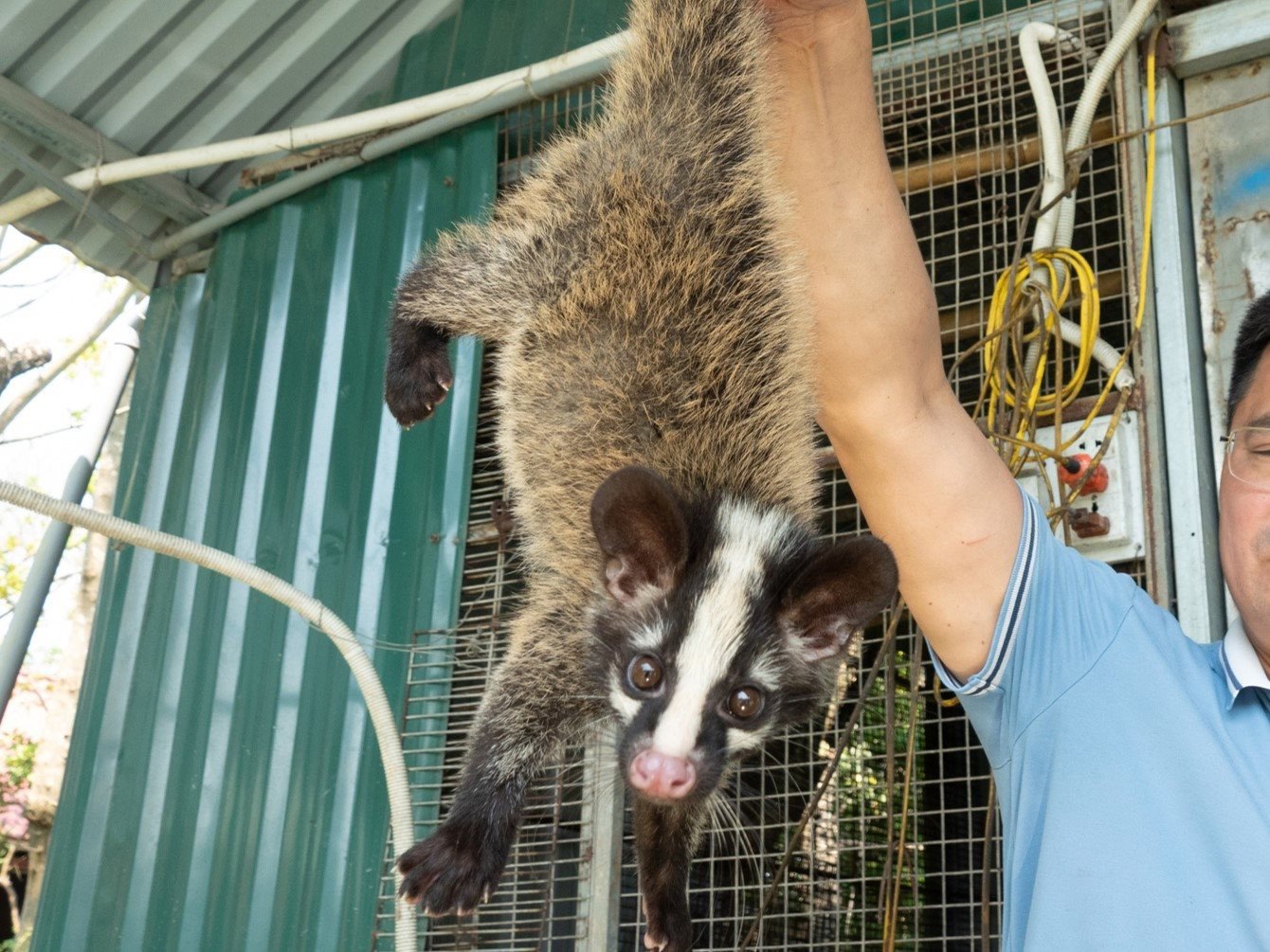
In fact, many farms are unregulated and lack a system for marking and tracking livestock on farms, leading to the risk of bringing wild animals into farms to legitimize their origin for consumption on the black market. Last but not least, there is a need to raise awareness among wildlife farm owners and stakeholders about the health risks of transmission from animals to humans.
According to international guidelines, biosecurity measures can be divided into 7 groups: Farm management; waste management; feed management; veterinary; animal management, transport; safety and competence of farm staff.
At the workshop, representatives of the Ministry of Agriculture and Rural Development, the Ministry of Health , the Ministry of Natural Resources and Environment, international experts representing veterinary and forestry agencies of 19 provinces and cities discussed the challenges and needs for support in preventing the spread of diseases transmitted from animals to humans in local wildlife farming activities; supporting biosecurity measures in wildlife farming activities and strengthening monitoring of implementation in the coming time.
Source




![[Photo] Students of Binh Minh Primary School enjoy the full moon festival, receiving the joys of childhood](https://vphoto.vietnam.vn/thumb/1200x675/vietnam/resource/IMAGE/2025/10/3/8cf8abef22fe4471be400a818912cb85)
![[Photo] Prime Minister Pham Minh Chinh chairs meeting to deploy overcoming consequences of storm No. 10](https://vphoto.vietnam.vn/thumb/1200x675/vietnam/resource/IMAGE/2025/10/3/544f420dcc844463898fcbef46247d16)


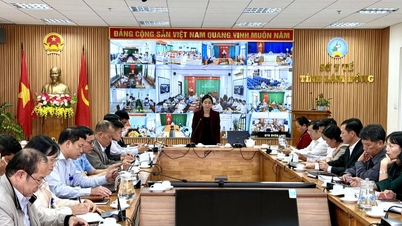



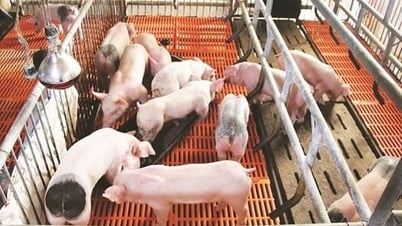

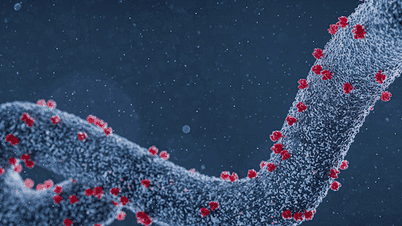







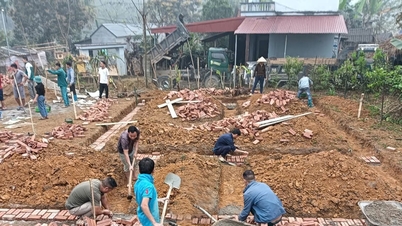

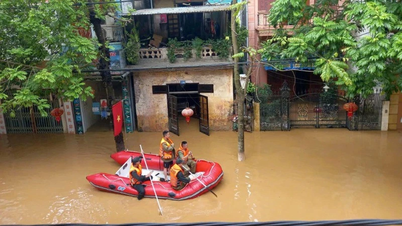

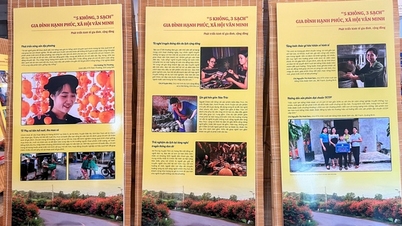

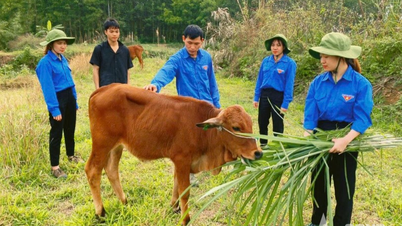

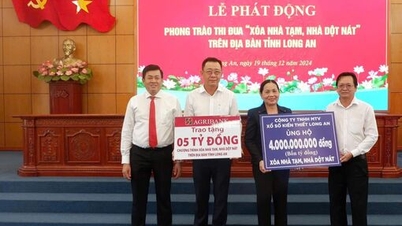




























































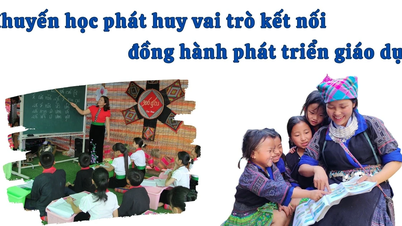

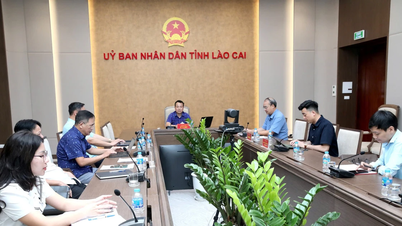
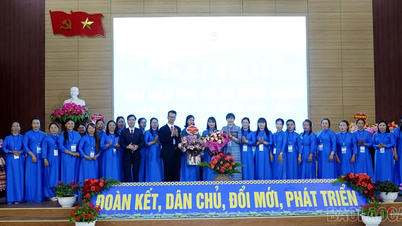
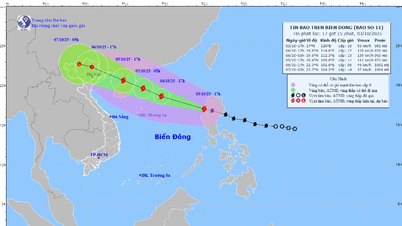












Comment (0)